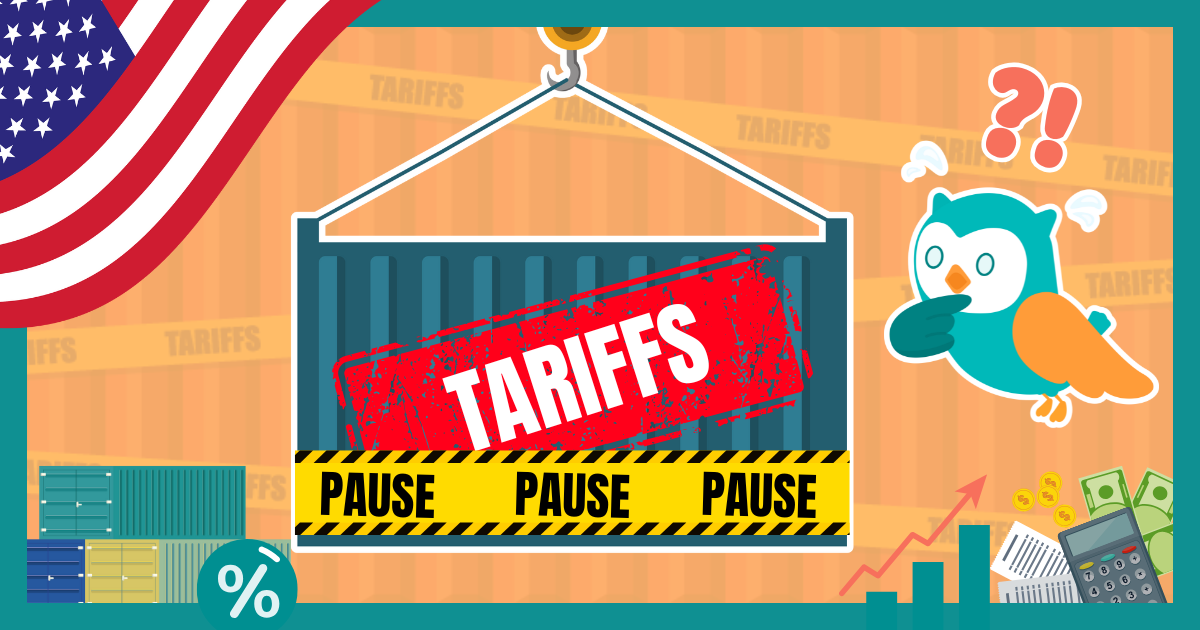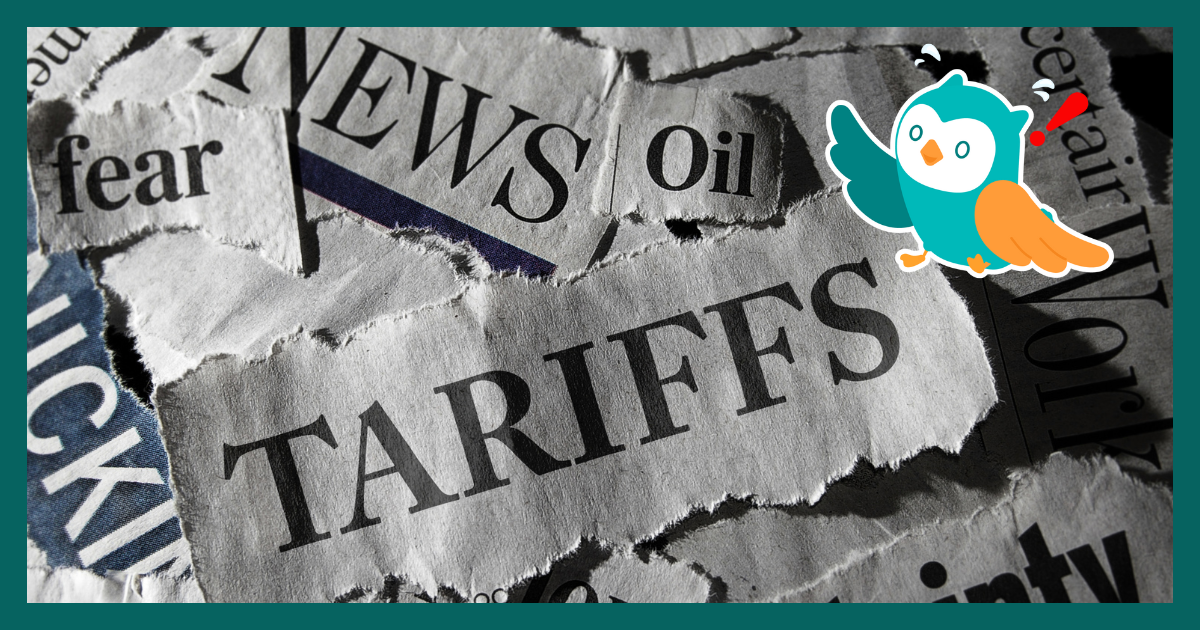Note: It was announced in November 2023 that MoneyOwl will be acquired by Temasek Trust to serve communities under a re-purposed model, and will move away from direct sale of financial products. The article is retained with original information relevant as at the date of the article only, and any mention of products or promotions is retained for reference purposes only.
______________
Commodities index, stocks and bond prices have been fluctuating this past week. Experts weigh in and share market insights on what exactly is happening in this Russia and Ukraine conflict.
For the week ended March 11 2022, the MSCI World Index fell -1.86% while MoneyOwl’s portfolio continue to track closely with a decline of -1.8%. Global Stock Markets continue their decline and extend the stock market’s rough start for the year. The war between Russia and Ukraine continue to drive the stock market’s short term performance.
Fears about inflation and war made it a volatile week for government bonds (Bloomberg Barclays Global Aggregate Index) finishing the previous week at -1.89%, the yield of the 10-year U.S. Treasury bond breached 2.00%—a threshold previously reached in mid-February, but not sustained for more than a few days.
Prices of stocks and bonds accelerated their decline on Thursday after the US government reported that U.S. inflation accelerated at a 7.9% annual rate in February as seen in the Consumer Price Index, eclipsing the previous month’s 7.5% figure. With inflation surging at a 7.9% annual rate, the U.S. Federal Reserve policymakers are widely expected to begin lifting interest rates when they conclude a two-day meeting on the upcoming Wednesday (16 March).
European stock indices had a relatively good week, gaining back some of the ground lost in a sell-off the previous week that saw some European indexes fall more than 10.0%. Russia’s stock market remained closed on Friday. European stocks were surprisingly optimistic despite comments from the European Central Bank monetary policy decision in which it held its benchmark interest rate unchanged but announced an accelerated end of its asset purchase program (which means less monetary stimulus).
In commodities, after closing around $115 per barrel the previous week, the price of U.S. crude oil fell slightly to around $109 on Friday. Gold prices surged to as high as $2,072 per ounce on Tuesday, surpassing its previous record closing high set in August 2020. Oil rose mostly on fear of supply disruption from the war while gold was supported by both inflation hedging and safe-haven demands.
The higher commodity prices are leading to further pressure on already accelerating inflation and boosting the prospects for more recessions with higher interest rates expected globally and higher commodity prices curbing growth. Institutions are beginning to talk more about stagflation (where an economy experience slower growth and higher inflation) with some investment banks adjusting their outlook to accommodate possible future stagflation scenarios.
Read more Market Insights here.
Disclaimer: While every reasonable care is taken to ensure the accuracy of information provided, no responsibility can be accepted for any loss or inconvenience caused by any error or omission. The information and opinions expressed herein are made in good faith and are based on sources believed to be reliable but no representation or warranty, express or implied, is made as to their accuracy, completeness or correctness. Expressions of opinions or estimates should neither be relied upon nor used in any way as an indication of the future performance of any financial products, as prices of assets and currencies may go down as well as up and past performance should not be taken as an indication of future performance. The author and publisher shall have no liability for any loss or expense whatsoever relating to investment decisions made by the reader.
Follow MoneyOwl on social media for more awesome content on investments, insurance, and financial planning!![]()
![]()
![]()
![]()
![]()




